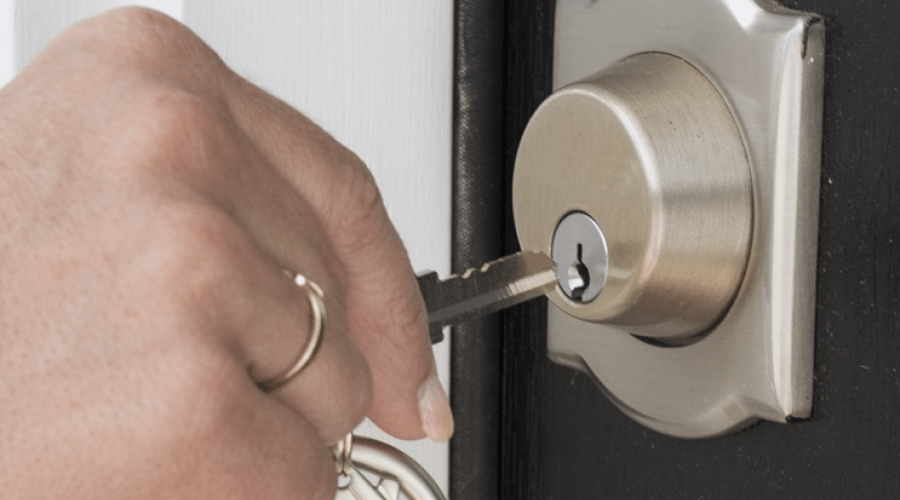Australia has a choice to make when it comes to home ownership; Is residential property there for people to live in or, like a game of Monopoly?
If you believe in the latter, there is nothing that needs to be changed.
An individual investor who earns an income of $120,000 per annum who buys an investment property today valued at $700,000 will receive a tax refund of $12,685.
It will cost that investor $21 per week to own that investment property after rent, expenses and tax benefits.
If that same $700,000 property was purchased by a first home buyer who paid a ten per cent deposit, the weekly home loan principle and interest repayments would be $1,050, Or $810 based on an interest only loan.
As you can see, the current tax system serves real-life Monopoly very nicely.
Ilan Wiesel, Lecturer in Urban Geography at the University of Melbourne succinctly summarised the current situation of how Australians live in their home is divided now by social status:
The renting class
These are the Australians who are confined to renting and cannot afford to buy a home.
The proportion of private renters in the total population is slowly but surely increasing – from 20.3 per cent in 1981 to 23.4 per cent in 2011.
The average renter paid 19 per cent of their income on rent in 1981.
In 2011, this proportion increased to 26.9 per cent.
In 2014, around 40 per cent of low-income private renters were in housing affordability stress, paying more than one-third of their income on housing.
The home owner class
Home ownership is the main way many Australians have built their wealth.
As property prices have skyrocketed, many Australians are struggling now to save a deposit to buy a home to live in.
Without this capital gains tax-free asset to help grow wealth and leverage from it, this is where we are starting to see a divergence in wealth between those who can own their own home and those who cannot.
The housing elite
These are the people who have been rewarded by the housing boom well beyond the capital gain on their own homes.
Much wealth of Australia’s elite has been generated through the property market – through investment, construction and financing of housing.
So, what can we do to make housing affordable again in Australia?
Reforms to negative gearing will make home ownership more affordable.
Our tax system heavily favours property investors over home owners.
The proposed reforms to negative gearing would incentivise investors to focus on building new housing.
This in turn will help to create new housing supply, and reduce competition from investors for first home buyers when buying an already established home.
The ability of Australians to be able to buy their own home is the first crucial step in creating wealth over the long-term.
We need to make some policy changes in Australia to ensure future generations can buy their own home.
















